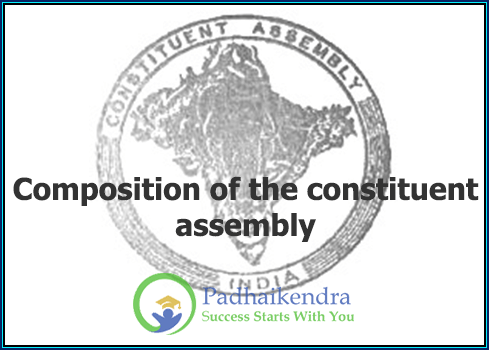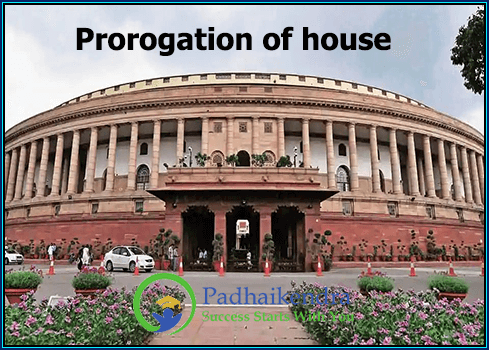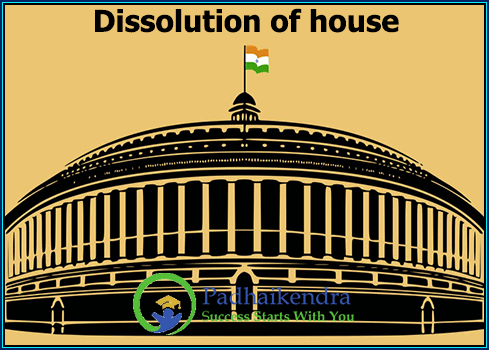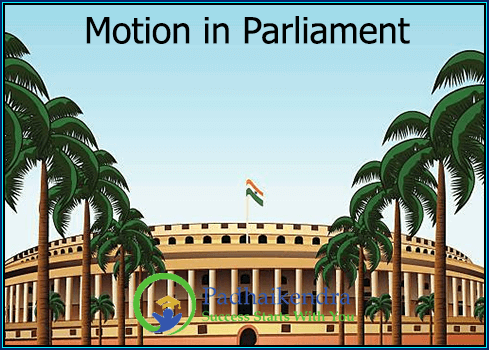The Constituent Assembly of India was formed in 1946 with the objective of drafting a constitution for India that would guide the country towards independence from British rule. The assembly was composed of 389 members, including representatives from various religious, linguistic, social, and political groups.
Here are some of the key groups represented in the Constituent Assembly:
- British India provinces: The largest group of members in the Constituent Assembly were representatives from the 11 British India provinces. These representatives were elected by the provincial legislative assemblies.
- Princely states: Representatives from the 562 princely states were also invited to join the Constituent Assembly. These representatives were nominated by the rulers of the princely states.
- Muslim League: The Muslim League, which was advocating for a separate Muslim state, was represented in the Constituent Assembly by 73 members.
- Congress Party: The Indian National Congress, which was the largest political party in India at the time and played a key role in the independence movement, was represented in the Constituent Assembly by 208 members.
- Other groups: The Constituent Assembly also included representatives from other political parties, such as the Communist Party of India and the Scheduled Castes Federation. It also included members who were nominated by the Governor-General, as well as women and minority representatives.
Dr. Rajendra Prasad was elected as the President of the Constituent Assembly, and Dr. B.R. Ambedkar was appointed as the Chairman of the Drafting Committee, which was responsible for drafting the constitution. The members of the Constituent Assembly worked together for three years to draft the Constitution of India, which was adopted on November 26, 1949.





